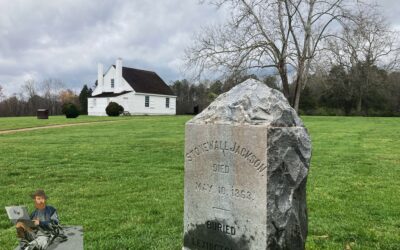Even though embalming has been a common practice since the time of ancient Egypt, it did not become popular in the United States until the Civil War. There was a need to preserve their remains for the voyage because so many troops died distant from their homes and their families typically wanted them buried at home.
Thomas Holmes, who is known as the “Father of Modern Embalming” was born in New York City, in 1817. He developed an interest in medicine during his boyhood, and although historical records are sketchy and lacking, it is generally accepted that he received his degree from Columbia University’s College of Physicians and Surgeons in 1845. Afterward, he would work in the coroner’s office in New York City where he expanded on the French’s early modern vascular embalming methods. By the start of the Civil War, he had created a poison-free, safe embalming fluid that was marketed to several surgeons, doctors, and funeral directors across the nation.

As a result of the positive coverage Ellsworth’s funeral received in Washington newspapers, Holmes’ standing as a successful embalmer and undertaker in the capital city was cemented. As the war went on and the number of wounded increased, Holmes’ skills were in high demand.
Holmes’ daily activities grew significantly thanks to his own efforts as well as those of other undertakers and aspiring embalming surgeons he had educated. The majority of morticians at the time were taught how to use his embalming tools and to buy his embalming fluid at $3 a gallon. The embalming process back then involved a wide range of various solutions. These solutions frequently contained varied mixtures of arsenic, creosote, mercury, turpentine, and alcohol. These substances may be dangerous for embalmers even when they are efficient for embalming.
Most morticians also worked as cabinetmakers or furniture makers which allowed them to make their own coffins which sold for $4 to $7 each. Embalmers enjoyed a successful business during the war. Early in the war, an officer’s embalming cost $50, while an enlisted man’s expense was $25. The cost was later raised to $80 and $30, respectively.
The need for embalming services grew as the Civil War went on, and more people realized they could become embalmers and earn a living
Holmes kept on offering his services right up until the very end. The surgeon had embalmed some 4,000 soldiers by the time General Lee surrendered at Appomattox on April 9, 1865. Thomas Holmes had become a very wealthy and well-known man as a result of the war—or, more precisely, the awful death toll of the war. Ironically, Holmes asked that his own body not be embalmed before he passed away in 1900.




0 Comments